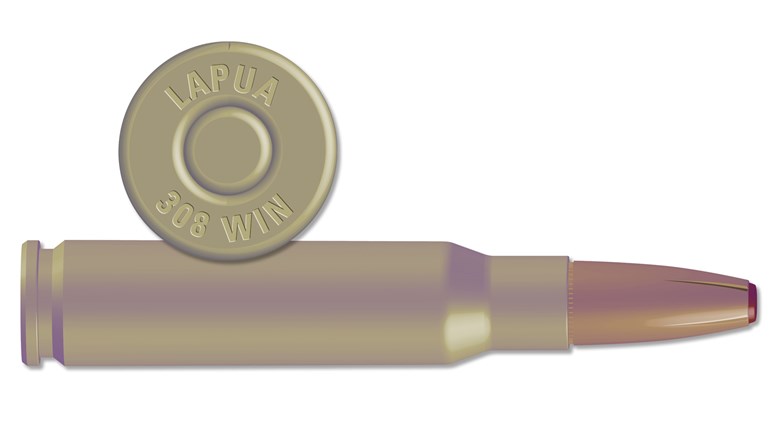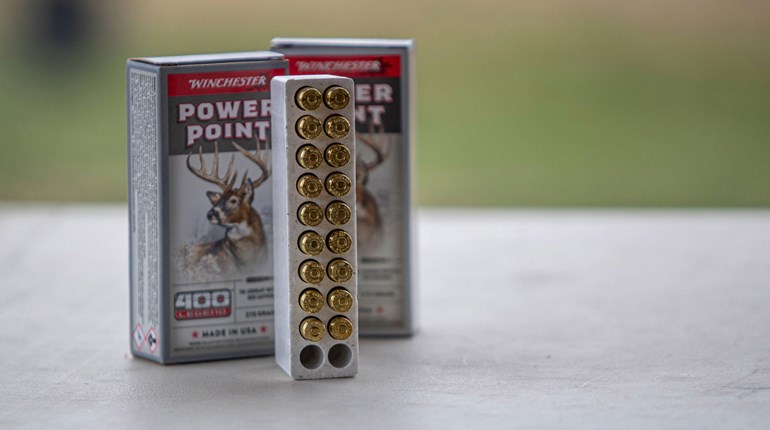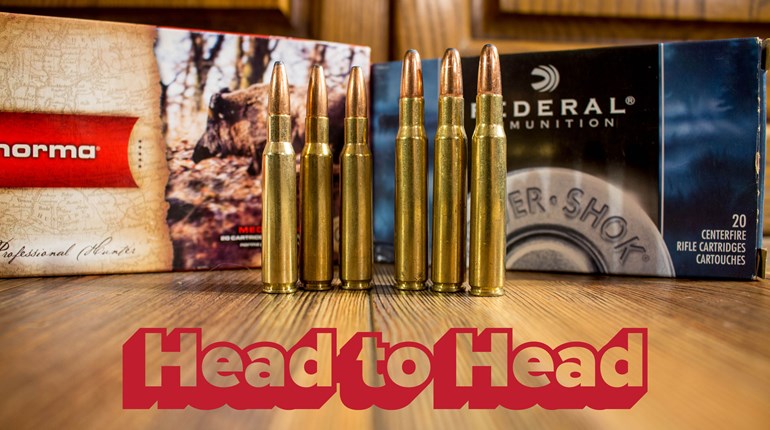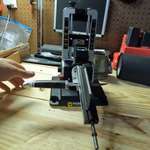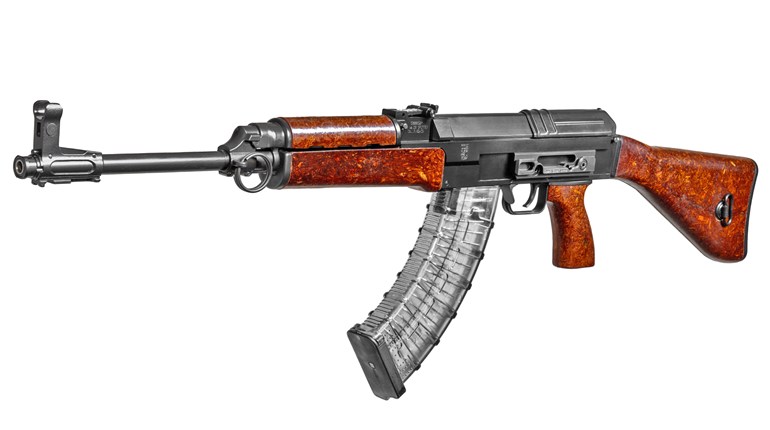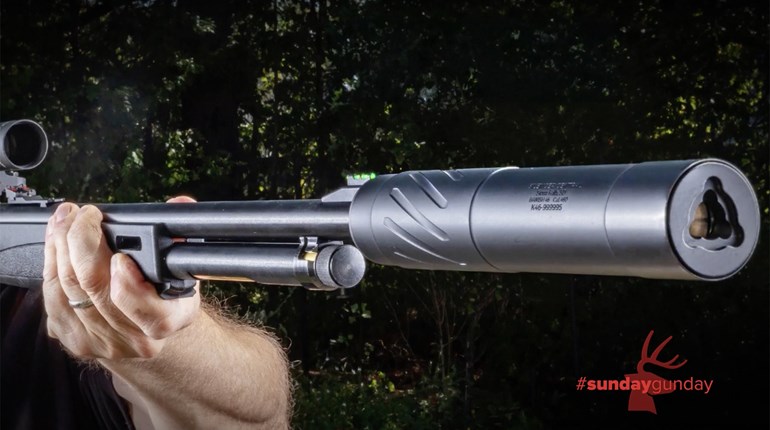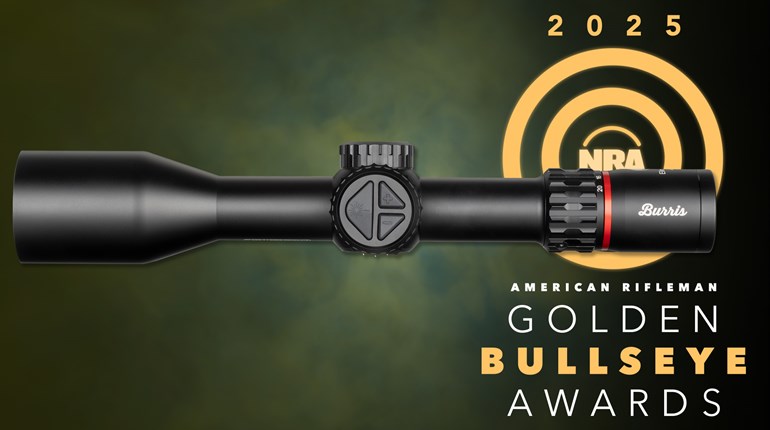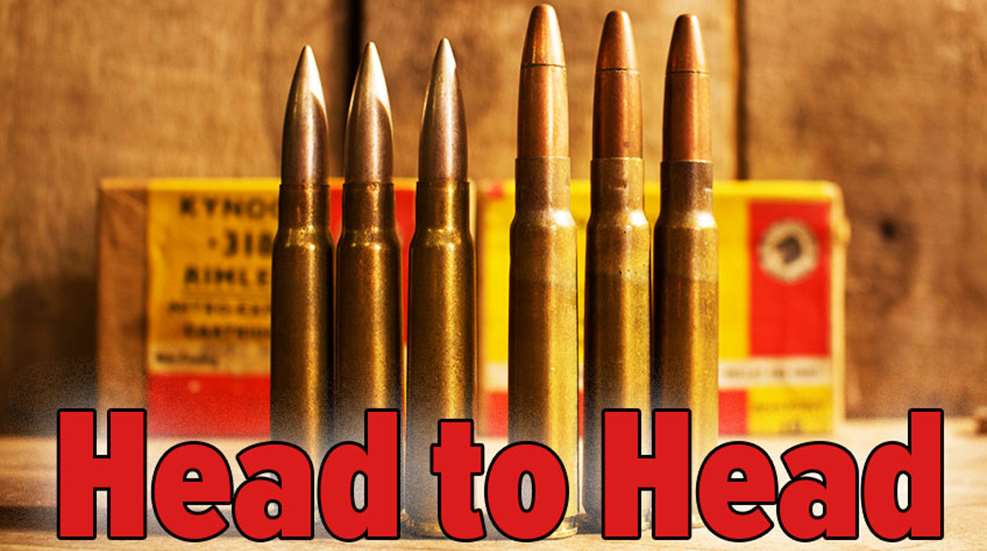
This one was requested by several readers, as I've been trying to bring back the .318 Westley Richards cartridge, and the comparisons to the 8x57mm Mauser were a point of interest. While the 8x57 maintains a bit of popularity to this day, the .318 Westley Richards has all but faded, though I am personally doing everything in my power to bring the cartridge back from extinction. Let’s compare the two vintage designs.
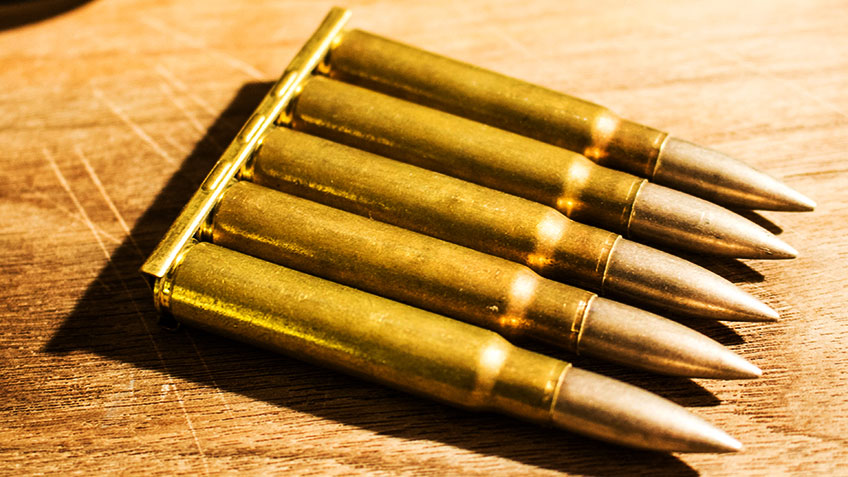
Germany’s 8x57mm cartridge was the chosen military cartridge for both the World Wars, introduced in 1888, though it has gone through its changes over the years. Initially introduced with a bullet diameter of .318″, Germany changed that to .323″ in 1905, along with the cartridge designation. The earlier version was the 8x57I—the letter was incorrectly viewed as a ‘J’—with the post 1905 designated as the 8x57 IS (JS for us in America). As a brief note, many original ‘I’ designation rifles survived, and if you are suspect that you may own or buy one, have the barrel inspected by a competent gunsmith; driving a .323″ bullet down a .318″ bore will result in disaster.
The 8x57mm is a rimless cartridge, with a shoulder angle slight enough to feed well from a bolt-action magazine, yet steep enough to offer good headspacing. For hunters, the 8x57 is a well-rounded cartridge, with most of the factory ammunition offering bullets between 170 and 200 grains. If you handload, options open up a bit wider, with bullets weighing between 125 grains and 220 grains. For big-game hunters, the 150-grain bullets, driven to a muzzle velocity of right around 2800 fps, makes a decent deer load. For larger game, the 196- and 200-grain bullets, at a velocity between 2300 and 2500 fps, will certainly get the job done on most popular game species. There are plenty of good hunting bullets available, from the Nosler Partition to the Hornady InterLock and Norma EcoStrike, and a hunter equipped with an accurate 8x57mm Mauser is well-suited for game at sane hunting ranges. Most factory ammunition is slightly reduced in pressure, in deference to the older rifles still on the market, and a handloader can most definitely take full advantage of the cartridge. It remains popular across Europe, especially for the numerous driven hunts. I’ve used the rimmed version in a Kreighoff double rifle in Poland, and it was not only accurate, but sweet-shooting.
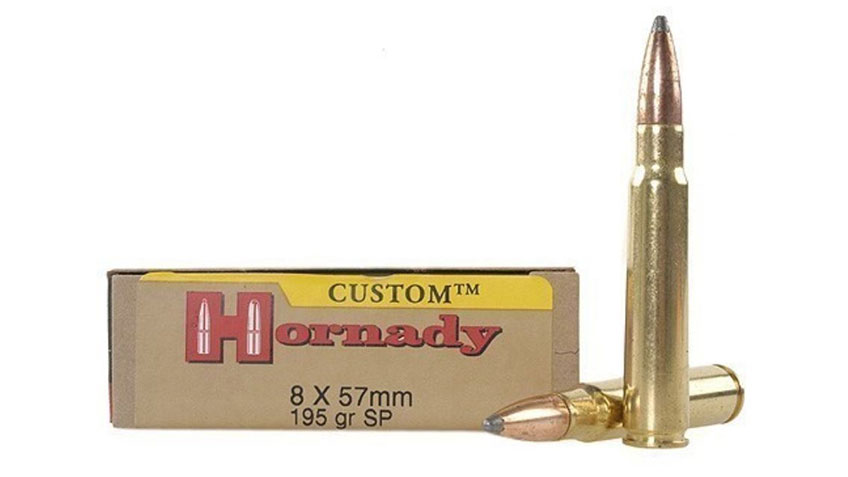
The .318 Westley Richards was released sometime between 1908 and 1910 (sources vary), and became one of the most popular medium-bore cartridges for hunting African game. This was the heyday of cartridge development; from 1905 to 1915, we’d see the .404 Jeffery, .416 Rigby, .375 H&H Magnum, .470 Nitro Express, .475 NE and many more. Westley Richards’ design was made for use in the Mauser-style rifles, and it too is a rimless design. The .318 is named for the bore diameter across the lands, not the grooves, as is so common in British cartridge nomenclature. The original ammunition featured 250-grain softpoints and solids, along with the 180-grain copper-capped “L.T.” type bullets. The 250s ran at 2400 fps, while the light 180s ran at 2700 fps. It was always those 250-grain bullets that made the .318s fantastic reputation; with a high SD figure of 0.328 the .318 Westley Richards took all African game, including buffalo and elephant. Mind you, much of this hunting was done in the more open areas of Kenya and Tanzania, where shots were a bit farther than those in the jesse thickets.
Is the .318 Westley a valid buffalo and elephant cartridge? No, there are much better choices for both animals, but take those two animals off the menu, along with the hippo, and the .318 Westley Richards is suitable for any hunting, anywhere, including grizzly and brown bears. The only problem with the .318 Westley Richards is a near total lack of quality ammunition. Kynoch offers loaded ammo, but other than that you’ll have to handload it yourself or have one of the boutique shops load it for you.
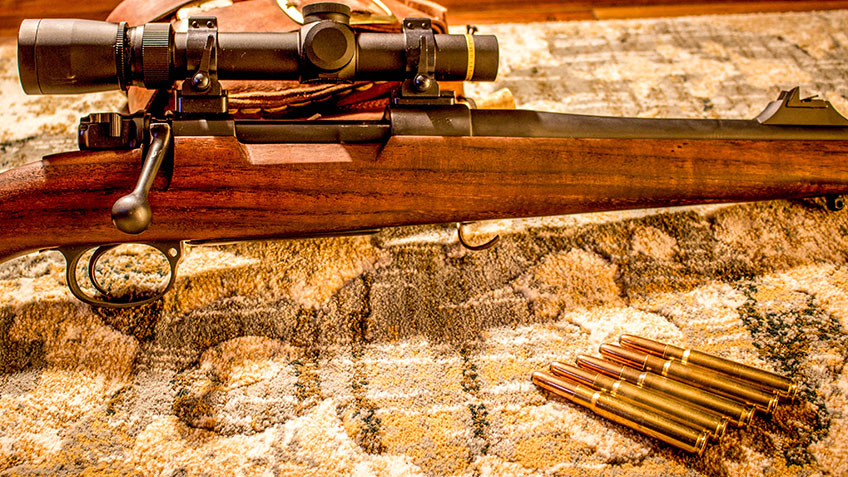
I load all my own, using brass from Roberson Cartridge Company in Texas, Bertram Brass in Australia, or I've made my own cases using a set of RCBS dies and .30-06 brass. There are good component bullets available from Woodleigh, Hawk Bullets of New Jersey, Peregrine Bullets from South Africa, and even Hornady makes a 205-grain InterLock for the 8x56R, which is of proper diameter for the .318 Westley. I’ve managed to obtain both excellent accuracy and velocities from all four bullets, and just took the 250-grain Woodleighs to Zimbabwe with me, using my 1916 Amberg Arsenal Mauser which Hillbilly Custom Rifles rebarreled for me to take a handsome zebra stallion and a good bull kudu.
So, which of these two cartridges wins? Both are classics, both have been used for all sorts of game, and both are easy on the shoulder. I have to call this two ways, as the answer is more complicated than it seems. From a sheer availability point of view, the 8x57mm has it all over the .318, but from a ballistic point of view, the .318 surely offers much more flexibility than does the 8x57. The 250-grain bullets give serious penetration, and definitely more penetration than even the 220-grain 8mms. For lighter game, I've loaded those .330″ 205-grain Hornadys to 2825 fps, making a rather flat-shooting option for deer and lighter game. The lack of factory ammunition is a definite factor, though. So, if one of the major ammunition manufacturers is reading this, I’d absolutely love to see a modern factory load for the .318 Westley Richards. In the mean time, I’ll keep shooting my .318 Westley, as it puts all the loads I've developed into M.O.A groups or better while offering no more recoil than a good .30-06 or 8x57.
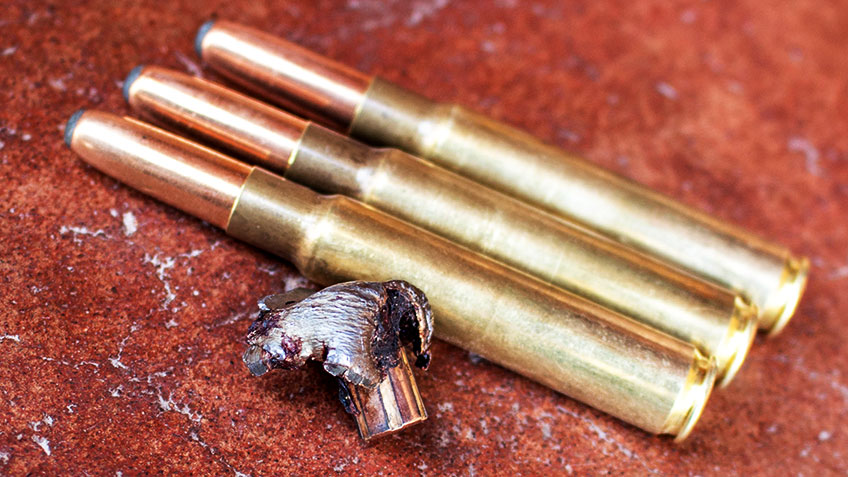
For those of you who are devout fans of the 8x57mm Mauser, I can’t find fault with your choice—130 years of field experience speaks volumes to the effectiveness of the cartridge. But for me, the additional SD, bullet weight and velocity of the .318 Westley Richards—coupled with the classic African reputation—will have me shooting this cartridge for decades to come.
Looking for previous installments of our "Head to Head" series? Click here.













